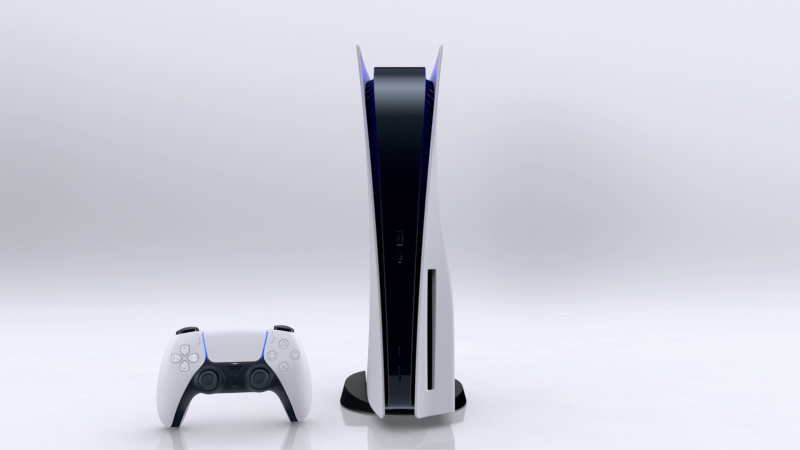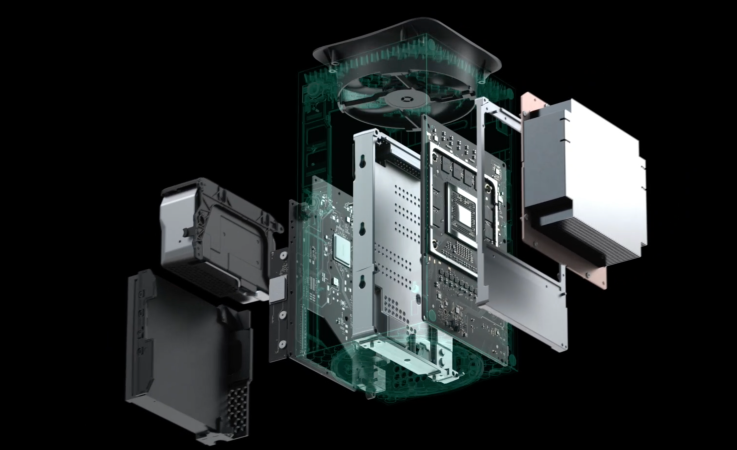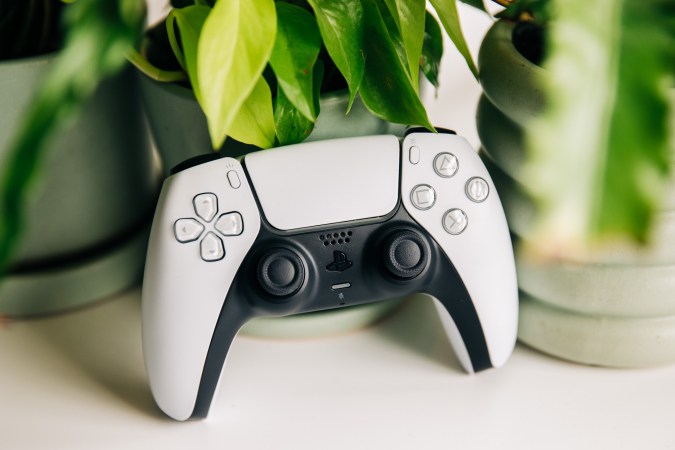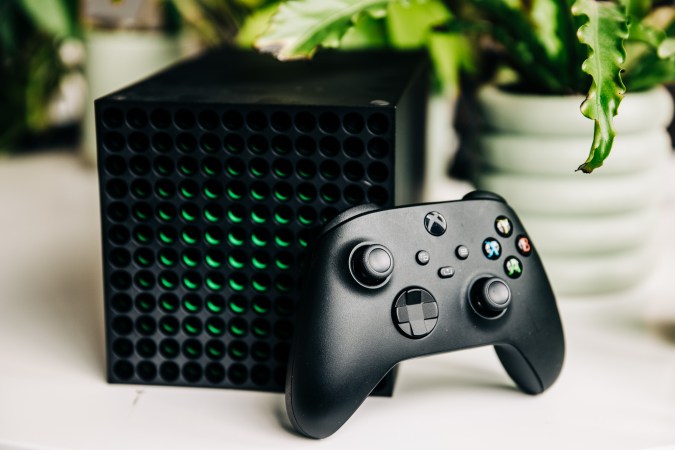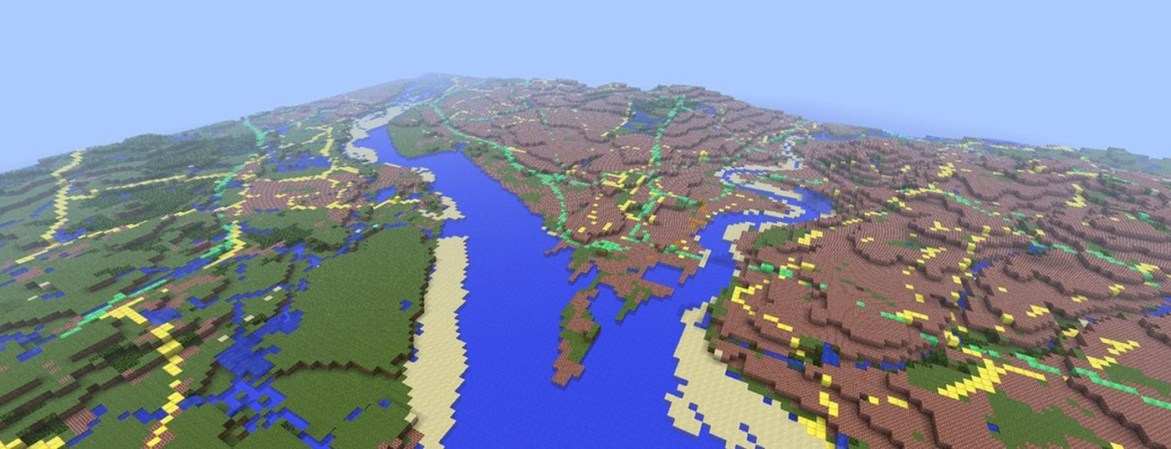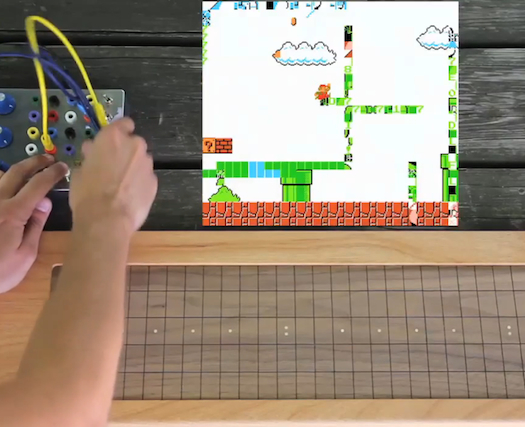

We may earn revenue from the products available on this page and participate in affiliate programs. Learn more ›

Collecting retro video game systems can be dirty work. As time goes on, there are fewer consoles in circulation, so if you want to score good deals, you’ve got to be a lot less picky about condition. Fortunately, there’s still plenty of great stuff out there in relatively good shape—you’ve just got to be willing to scrape years worth of dust from grandma’s attic off them.
Cleaning video game consoles takes some delicacy, and you want to make sure you use the right tools and solvents, lest you damage labels and plastic. Yellowing from sunlight exposure can be a significant issue as well, and you can pick up many systems on the cheap if you know how to take care of that corn chip-colored coating.
So if you’re looking to breathe new life into your TurboGrafx-16, look no further than this list detailing the dos and don’ts of cleaning vintage tech. You can use them for modern electronics, too, but we’ll be placing particular emphasis on the situations you’ll run into while cleaning retro consoles or computers.
What you’ll need:
The most important part of cleaning retro systems is making sure you have the right tools for the job. These machines contain a plethora of materials, but the primary one is plastic—usually either acrylonitrile butadiene styrene (ABS) or polybutylene terephthalate (PBT). That means you’ll need a non-corrosive solvent and very soft cleaning tools. Fortunately, the best stuff to clean old electronics is also relatively cheap.
My recommended cleaning kit is:
The five items above will cost you about $20 and allow you to tackle any dirty console you find. If you use everything carefully, you won’t have to worry about scratching or warping any plastic you encounter.
Prepare yourself and your machine

We’re going to assume you’ve got a real dirty system—something that has sat in an attic, barn, or shed for years, is covered in bug poop, dust, and has an old funk to it that makes it smell like Dracula’s castle.
Before you start a thorough cleaning, you should disassemble your console. Depending on which system you’re working on, this will take up most of the time you were planning to invest in the project.
First, make sure you familiarize yourself with the disassembly and assembly process, which will vary in difficulty depending on the model, and may require specific tools. Do yourself a favor and run a quick Google search to see exactly how hard the job will be. Some systems, like the Super Nintendo or Nintendo 64, are relatively easy to take apart, but you’ll need to purchase a special screwdriver to do so. Others, like the Sega CDX, are held together by standard Phillips-head screws, but their complex construction makes them a huge pain to take apart and put back together.

I’ve never run into a system that didn’t have in-depth disassembly instructions posted somewhere—you can check enthusiast forums, Reddit, or use the Wayback Machine—but it’s still good advice not to bite off more than you can chew. Many a retro enthusiast has taken apart a console only to break a vital, hard-to-replace part during the process.
With that said, for any restoration or cleaning process, you’ll first want to take a good, hard look at everything as you open it all up—you don’t want to have to take it apart again. Take a snapshot if you need to, because you may need to reference it later.
Once you’ve stripped your console down, you’ll need to sort its parts into groups according to how you’re going to clean them. For parts such as regular plastic casing, you can just use a toothbrush and alcohol with impunity. With others, such as circuit boards, wires, and plastic with labels, you’ll want to be much more careful. When I’m cleaning a console, I like to sort the parts by how much attention they need. This way, I can get all the harder-to-clean stuff—with lots of nooks and crevices—done first so it has a chance to dry while I’m doing the easy bits.
Take a good, hard look at everything
The reason you disassembled your (presumably) super-dirty console was so you could take care of the dirt both inside and out, but also to inspect the guts of your system for damage.
The biggest threat to a retro system’s life—especially if it was manufactured before 2000—is bad capacitors. These little cylinders of death are the bane of anyone who seriously collects retro consoles, and catching bad ones early can help save your machine.
Most console capacitors are filled with electrolytic gel. Unfortunately, a lot of pre-fifth generation consoles (made before 2000) were built with exceptionally poor-quality capacitors to reduce manufacturing costs, and 30 years down the road, many have started leaking. The electrolytic gel inside is corrosive, which affects consoles in two ways. Obviously, a failed capacitor will prevent the system from working properly, but the leaked gel will also eat through the circuit board and cause permanent damage.
The easiest way to tell if a capacitor is bad is if you notice a yellowish-brown residue on top of it. That means it’s leaking and you need to remove it as soon as possible. Sometimes they’ll burst directly onto the board, so make sure you examine the area around any capacitors for a poopy brown crust, which is a telltale sign you’re in for some trouble. They won’t spontaneously burst while you’re working on the console, but you’ll want to look out for those that have gone through the process in the past—no explosions to be wary of here, thankfully.

But before capacitors burst, they start to swell. That means you can have failed or failing capacitors with no leakage. Finding a swollen capacitor is harder than finding one that’s leaking, because the difference is often subtle. Your best bet is to mark for replacement any capacitor that doesn’t have a perfectly flat top.
There are capacitor replacement kits available on eBay or specialized websites for even the most obscure systems, and if you can’t manage to find one, you can purchase replacement capacitors individually on Amazon for reasonably cheap. This should cost about $15 to $20 for more obscure systems, and much less for more commonly available units.
The consoles most heavily affected by capacitor issues are early CD-based systems. In particular, the Sega CD (Model 1, especially), Sega CDX (but not the JVC X’Eye, for some reason), and TurboDuo (known as the PC Engine Duo in Japan) are the most notorious offenders. Sega Game Gears and Pioneer LaserActive PAC-S1s and N1s also have lousy reputations when it comes to capacitors. If you have a rare machine, like the LaserActive PAC units, just change the capacitors, whatever they look like. You don’t want to take the chance that a printed circuit board (PCB) on a machine with a production run of less than 50,000 is destroyed by something as weak as bum capacitors.
Another thing to look for during your inspection is rust. PCB components won’t oxidize under normal circumstances, but if the system has been submerged in water or stored in a particularly humid location, you may be looking at some rust damage. Most of the time, it affects non-essential components like PCB shields and switches, so depending on the level of damage, you might be able to run the console without the rusted part or just clean it the best you can and live with the rust.
Clean the circuit board

Now you’re ready to clean your console. I usually start with the circuit boards since they are the most fragile part and will need more time to dry than the case. Less is more when cleaning these pieces. When scrubbing your board, you want to use as little pressure as possible. Just dip your soft toothbrush in a light amount of alcohol and gently dust the entire surface of the PCB. Under most circumstances, even on a console with a filthy exterior, the motherboard isn’t going to be caked in anything. A good dust-off should be more than adequate.
On the off-chance that your board is caked in dirt, dust, snot or whatever, you might want to think about desoldering some of the more frail components, such as through-hole capacitors and resistors (the ones that go through holes on the board, not the ones mounted on its surface), so you can scrub the board more freely. If the board is absolutely filthy, you might be better off, in the long run, replacing these parts, since they frequently cause issues if they’re damaged. You may be able to find these at hardware stores like Lowe’s, but most of them will be special-order only.
Clean the CD drive
If your console contains a CD drive, you’re going to want to clean it as well. A good rule of thumb here is to not actually touch anything unless you have to. Be especially aware of the adjustment potentiometers, which usually look like cross-shaped dials. Unless you know what you’re doing, don’t mess with these at all. Definitely take a picture of these before you get to cleaning, just in case you nudge one by accident.
These little dials control the alignment, voltage, trim, and other aspects of your laser. If these are set to the wrong values, the best case is your laser won’t work well. In the worst case, the incorrect adjustments will bust the laser and you’ll need to find a new laser assembly.
After a deep clean, the only thing you need to do with a CD drive during a routine touch-up is dab a bit of alcohol on a cotton swab and gently wash the lens. That’s it—your laser assembly will be good to go.

Cleaning the console case
Cleaning the case is the easiest part of this whole process. Most of the time, you can just go wild here. Get your paper towels out, pour a good amount of alcohol onto them, and give all the parts of the shell a good wipe-down, inside and out. This might take a few passes on particularly foul systems, but it shouldn’t take too long to get most of the enclosure looking pretty good.
The tricky part of cleaning a system is getting into all the cracks and crevices. There will be residue and gamer gunk left in the nooks and crannies even after a good scrubbing with paper towels. When this issue presents itself, the toothbrush will likely be your best recourse. Just dunk it in alcohol and start scrubbing wherever there’s dirt left. Take it easy, though. If you scrub too hard, the bristles will bunch up and the brush will lose its effectiveness.
If your case happens to have adhesive labels, you’ll want to avoid scrubbing those areas on your general passes. Instead, use a cotton swab and only clean the very edge surface of each decal. The main thing you want to avoid is getting under the edge. As long as the sticker remains flat, you’ll be fine.

After you’ve done your pass with the toothbrush, look for any remaining dirt. For tiny areas, you may need to use a cotton swab. But at this point, you should be pretty much good to go. Still, even after everything looks clean and you’ve set your toothbrush aside, give the whole case one more wipe-down with paper towels in case you stirred up any gunk.
By now, your console should be looking near-new. There’s not a lot you can do about any existing scratches or dents, but it should, at the very least, look refreshed. If there was any yellowing, the thorough cleaning should have helped some, especially if the discoloration was from cigarette tar. If it’s from sunlight, though, you may want to leave the console disassembled—now that it’s clean, it’s a great time to put it through the Retr0bright process which can reverse damage from ultraviolet light.
If you’re satisfied with the results of your cleaning, reassemble your console. The cool thing is: as long as you keep a clean house, you should only have to dust your system and wipe it down with a paper towel every once in a while. You shouldn’t need to do a full deep clean ever again, so you’re free to just enjoy your console and game away.


